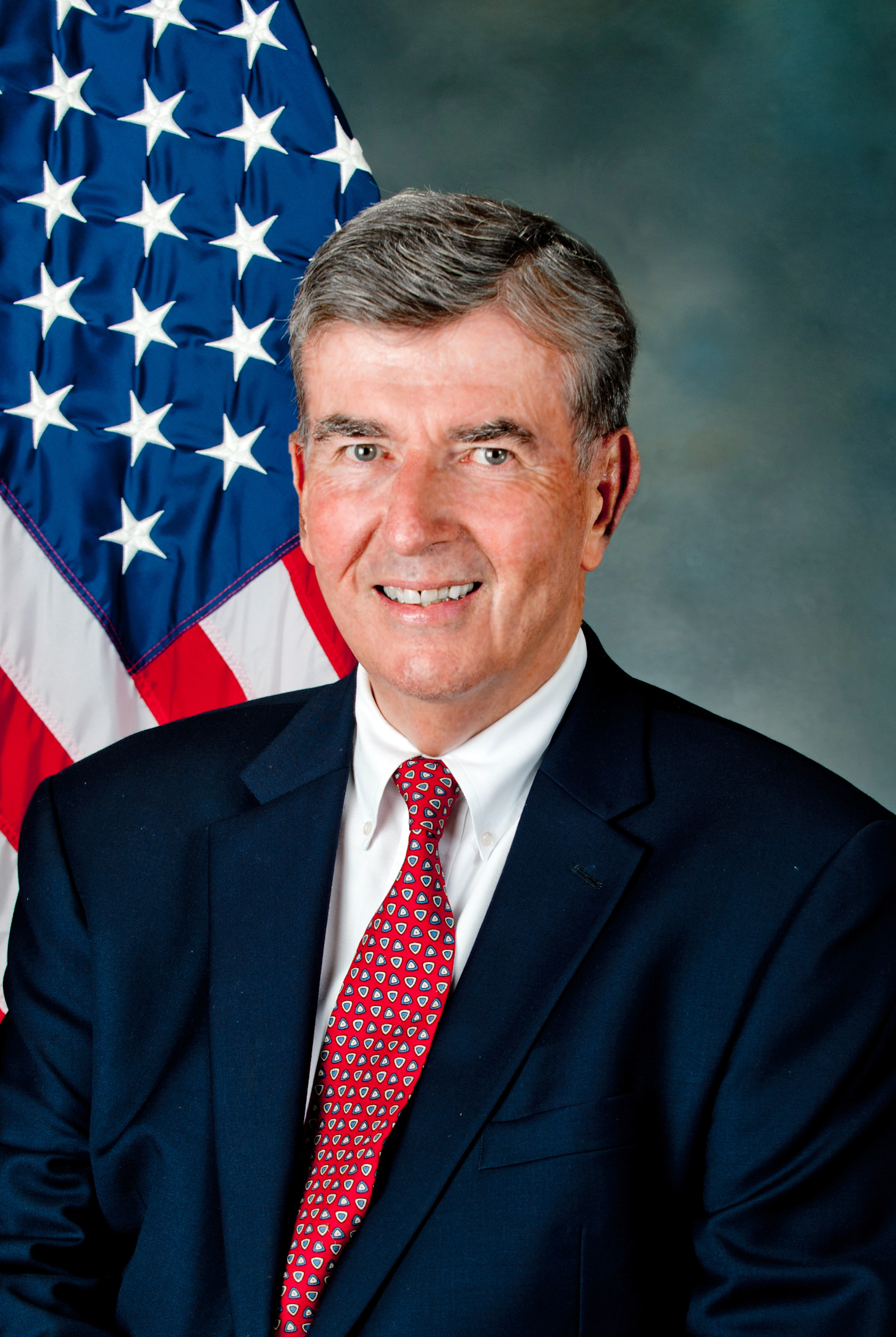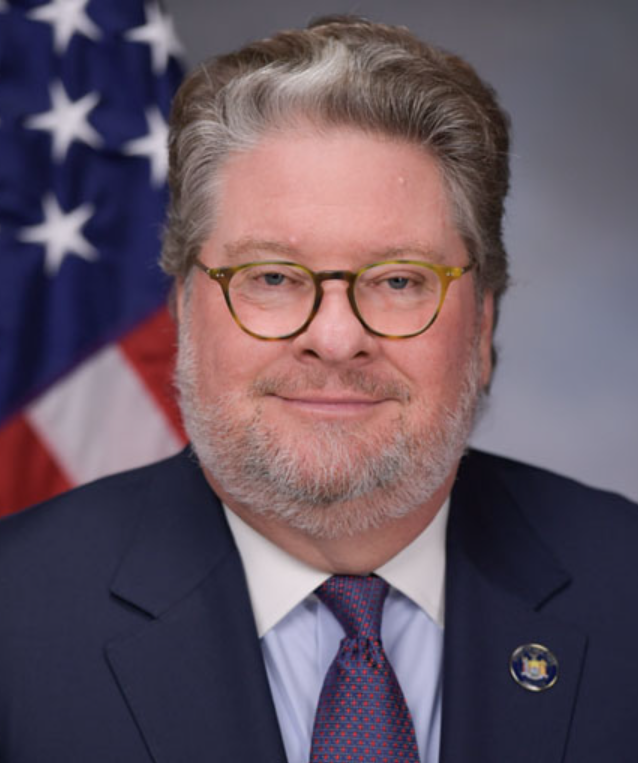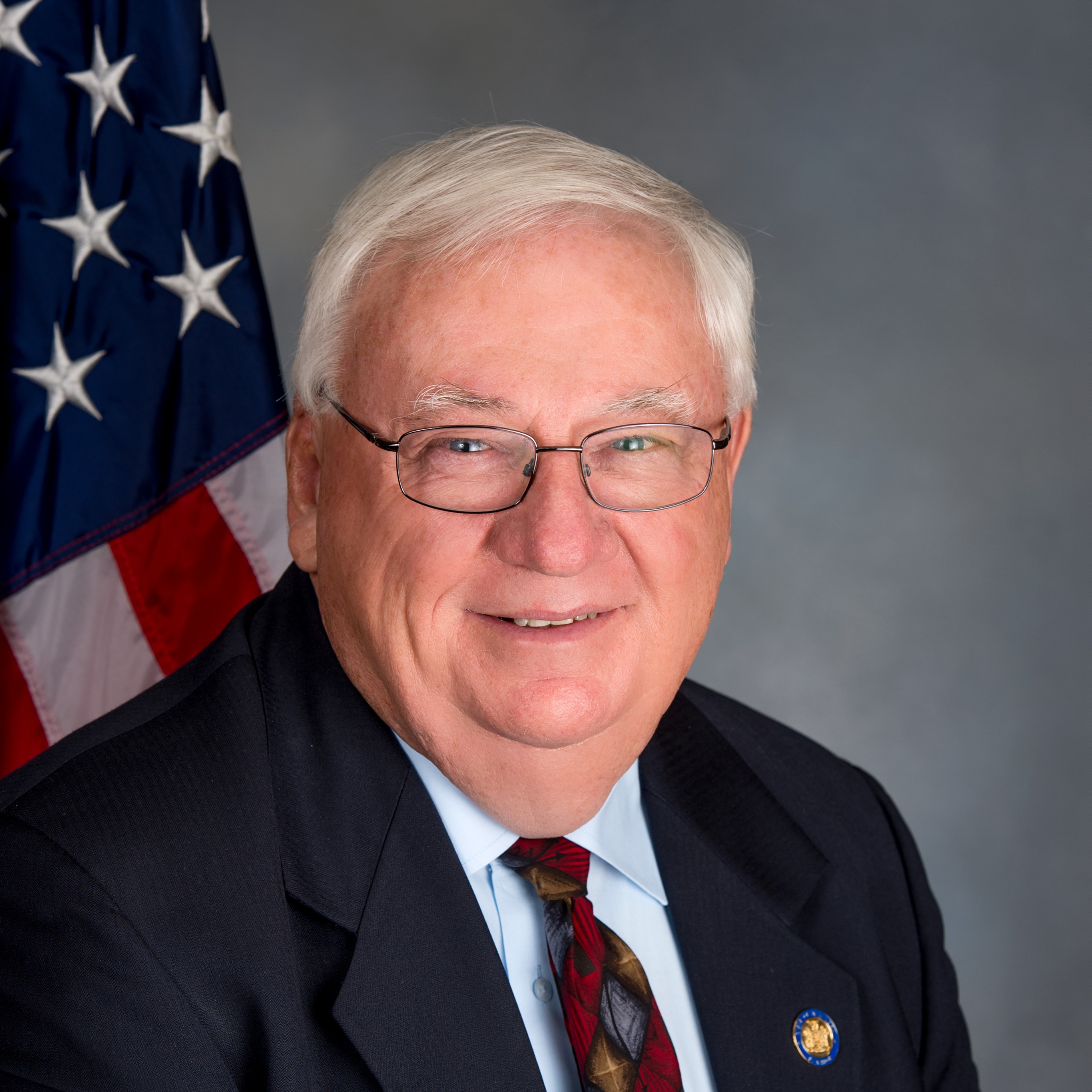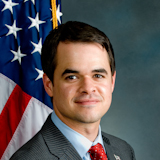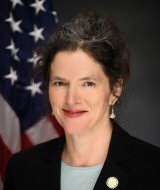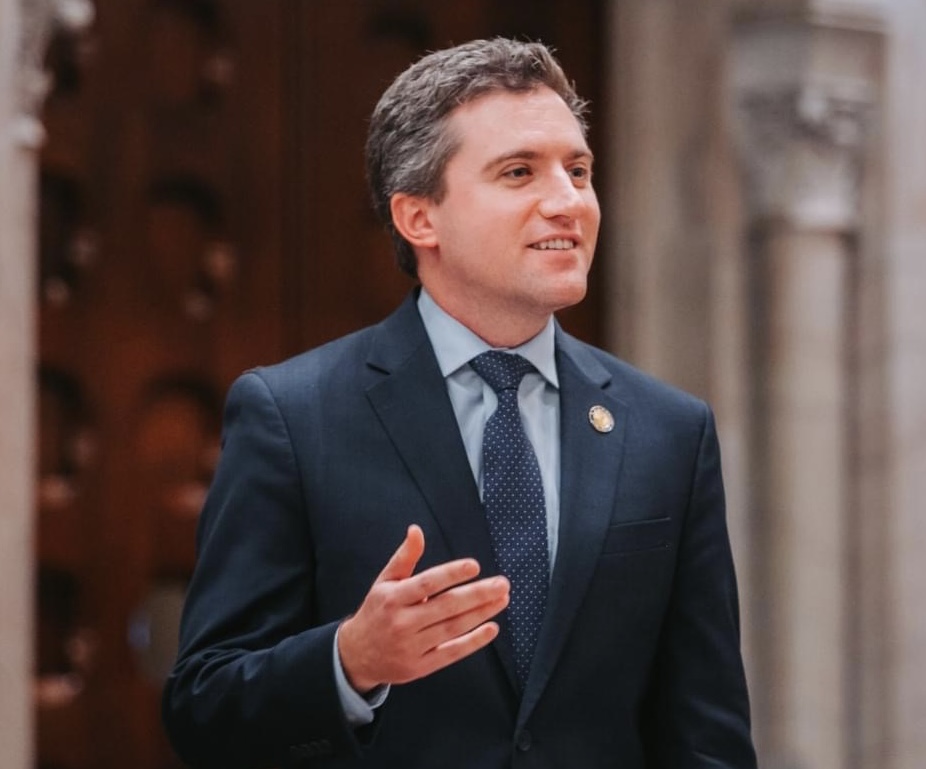S T A T E O F N E W Y O R K
________________________________________________________________________
1866--B
2019-2020 Regular Sessions
I N S E N A T E
January 17, 2019
___________
Introduced by Sens. BRESLIN, ADDABBO, FUNKE, HARCKHAM -- read twice and
ordered printed, and when printed to be committed to the Committee on
Civil Service and Pensions -- committee discharged, bill amended,
ordered reprinted as amended and recommitted to said committee --
committee discharged, bill amended, ordered reprinted as amended and
recommitted to said committee
AN ACT to amend the retirement and social security law, in relation to
increasing the retiree earnings cap
THE PEOPLE OF THE STATE OF NEW YORK, REPRESENTED IN SENATE AND ASSEM-
BLY, DO ENACT AS FOLLOWS:
Section 1. Subdivision 2 of section 212 of the retirement and social
security law, as amended by chapter 74 of the laws of 2006, is amended
to read as follows:
2. The earning limitations for retired persons in positions of public
service under this section shall be in accordance with the following
table:
For the year Earnings limitation
1996 $12,500
1997 $13,500
1998 $14,500
1999 $15,500
2000 $17,000
2001 $18,500
2002 $20,000
2003 $25,000
2004 $27,500
2005 and 2006 $27,500
2007 [and thereafter] THROUGH 2019 $30,000
2020 AND THEREAFTER $35,000
§ 2. This act shall take effect immediately.
EXPLANATION--Matter in ITALICS (underscored) is new; matter in brackets
[ ] is old law to be omitted.
LBD00537-07-9
S. 1866--B 2
FISCAL NOTE.--Pursuant to Legislative Law, Section 50:
This bill would amend subdivision 2 of section 212 of the Retirement
and Social Security Law to increase the earnings limitation for retired
members in positions of public employment to $35,000 for the calendar
year 2020 and thereafter. The earnings limitation for the calendar year
2019 is $30,000.
The annual cost to the employers of members of the New York State
Teachers' Retirement System is estimated to be negligible if this bill
is enacted.
Member data is from the System's most recent actuarial valuation
files, consisting of data provided by the employers to the Retirement
System. Data distributions and statistics can be found in the System's
Comprehensive Annual Financial Report (CAFR). System assets are as
reported in the System's financial statements, and can also be found in
the CAFR. Actuarial assumptions and methods are provided in the System's
Actuarial Valuation Report.
The source of this estimate is Fiscal Note 2019-9 dated January 15,
2019 prepared by the Actuary of the New York State Teachers' Retirement
System and is intended for use only during the 2019 Legislative Session.
I, Richard A. Young, am the Actuary for the New York State Teachers'
Retirement System. I am a member of the American Academy of Actuaries
and I meet the Qualification Standards of the American Academy of Actu-
aries to render the actuarial opinion contained herein.
FISCAL NOTE.--Pursuant to Legislative Law, Section 50:
This bill will amend Section 212 of the Retirement and Social Security
Law to set the amount a retired person may earn in public employment
without reduction in retirement allowance during the year 2020 and ther-
eafter to $35,000.
If this bill is enacted during the 2019 legislative session, insofar
as it would affect the New York State and Local Employees' Retirement
System and the New York State and Local Police and Fire Retirement
System, the resulting 16.7% increase over the current $30,000 limit, in
place since 2007, is less than the increase in the consumer price index
over the same period and thus would not affect retirement patterns.
Therefore, the annual cost is estimated to be negligible.
Summary of relevant resources:
The membership data used in measuring the impact of the proposed
change was the same as that used in the March 31, 2018 actuarial valu-
ation. Distributions and other statistics can be found in the 2018
Report of the Actuary and the 2018 Comprehensive Annual Financial
Report.
The actuarial assumptions and methods used are described in the 2015,
2016, 2017 and 2018 Annual Report to the Comptroller on Actuarial
Assumptions, and the Codes, Rules and Regulations of the State of New
York: Audit and Control.
The Market Assets and GASB Disclosures are found in the March 31, 2018
New York State and Local Retirement System Financial Statements and
Supplementary Information.
I am a member of the American Academy of Actuaries and meet the Quali-
fication Standards to render the actuarial opinion contained herein.
This fiscal note does not constitute a legal opinion on the viability
of the proposed change nor is it intended to serve as a substitute for
the professional judgment of an attorney.
This estimate, dated January 23, 2019, and intended for use only
during the 2019 Legislative Session, is Fiscal Note No. 2019-34,
S. 1866--B 3
prepared by the Actuary for the New York State and Local Retirement
System.
FISCAL NOTE.--Pursuant to Legislative Law, Section 50:
SUMMARY OF BILL: This proposed legislation would amend Retirement and
Social Security Law (RSSL) Section 212 to increase the earnings limit of
certain New York City Retirement Systems and Pension Funds (NYCRS) reti-
rees who return to Public Service.
Effective Date: Upon enactment.
IMPACT ON BENEFITS: Retirees who return to Public Service and elect to
be covered under the provisions of RSSL Section 212 are permitted to
earn an amount not exceeding a specific dollar limit in a calendar year
without loss, suspension, or diminution of their retirement allowances.
Once this dollar limit is reached, the retiree's pension is suspended
for the remainder of that calendar year. Generally, there are no earn-
ings limitations in, or following, the calendar year in which the reti-
ree attains age 65.
Currently, the dollar limitation in effect for Calendar Year 2007 and
thereafter is $30,000.
Under the proposed legislation, if enacted, the RSSL Section 212 post-
retirement Public Service earnings limitation would be increased to
$35,000 for Calendar Year 2020 and thereafter.
FINANCIAL IMPACT - ANNUAL EMPLOYER CONTRIBUTIONS: The Actuary esti-
mates that the potential impact of the proposed legislation would be to
increase pension payments in Calendar Year 2020 from the NYCRS by
approximately $310,000. In accordance with Administrative Code of the
City of New York (ACCNY) Section 13-638.2(k-2), new Unfunded Accrued
Liability (UAL) attributable to benefit changes are to be amortized as
determined by the Actuary but generally over the remaining working life-
time of those impacted by the benefit changes. However, since changes in
the applicable retirement allowances paid to the NYCRS retired members
under this proposed legislation are not known in advance, the increase
in pension payments due to this legislation has been treated as an actu-
arial loss. These actuarial losses were amortized over a 15-year period
(14 payments under the One-Year Lag Methodology (OYLM)) using level
dollar payments for the purpose of this Fiscal Note.
Overall, the Actuary believes the changes in employer contributions to
the NYCRS as a result of enactment of the proposed legislation would be
approximately $37,000 in the first year. Future years' costs in addition
to the aforementioned cost would depend on factors such as, but not
limited to, the number of retirees that benefit under the legislation.
OTHER COSTS: Not measured in this Fiscal Note are the following:
* The initial, additional administrative costs of the NYCRS and other
New York City agencies to implement the proposed legislation.
* The impact of this proposed legislation on Other Postemployment
Benefit (OPEB) costs.
CONTRIBUTION TIMING: For the purposes of this Fiscal Note, it is
assumed that the changes in the UAL would be reflected for the first
time in the June 30, 2020 actuarial valuations of the NYCRS. In accord-
ance with the OYLM used to determine employer contributions, the
increase in employer contributions would first be reflected in Fiscal
Year 2022.
CENSUS DATA: For purposes of analyzing the impact of the proposed
legislation, data on retirees reemployed in Public Service was furnished
by the NYCRS. This data averaged over the past five years was considered
illustrative of those who could potentially be impacted by this proposed
legislation. The average for calendar years 2013 to 2017 of the number
S. 1866--B 4
of retirees that would benefit from this proposal legislation was
approximately 90.
ACTUARIAL ASSUMPTIONS AND METHODS: The changes in the employer
contributions presented herein have been calculated based on the actuar-
ial assumptions and methods in effect for the June 30, 2018 (Lag) actu-
arial valuations used to determine the Preliminary Fiscal Year 2020
employer contributions of the NYCRS.
RISK AND UNCERTAINTY: The costs presented in this Fiscal Note depend
highly on the actuarial assumptions and methods used and are subject to
change based on the realization of potential investment, demographic,
contribution, and other risks. If actual experience deviates from actu-
arial assumptions, the actual costs could differ from those presented
herein. Costs are also dependent on the actuarial methods used, and
therefore different actuarial methods could produce different results.
Quantifying these risks is beyond the scope of this Fiscal Note.
STATEMENT OF ACTUARIAL OPINION: I, Sherry S. Chan, am the Chief Actu-
ary for, and independent of, the New York City Retirement Systems and
Pension Funds. I am a Fellow of the Society of Actuaries, an Enrolled
Actuary under the Employee Retirement Income and Security Act of 1974, a
Member of the American Academy of Actuaries, and a Fellow of the Confer-
ence of Consulting Actuaries. I meet the Qualification Standards of the
American Academy of Actuaries to render the actuarial opinion contained
herein. To the best of my knowledge, the results contained herein have
been prepared in accordance with generally accepted actuarial principles
and procedures and with the Actuarial Standards of Practice issued by
the Actuarial Standards Board.
FISCAL NOTE IDENTIFICATION: This Fiscal Note 2019-20 dated May 16,
2019 was prepared by the Chief Actuary for the New York City Employees'
Retirement System, the New York City Teachers' Retirement System, the
New York City Board of Education Retirement System, the New York City
Police Pension Fund, and the New York City Fire Pension Fund. This esti-
mate is intended for use only during the 2019 Legislative Session.
